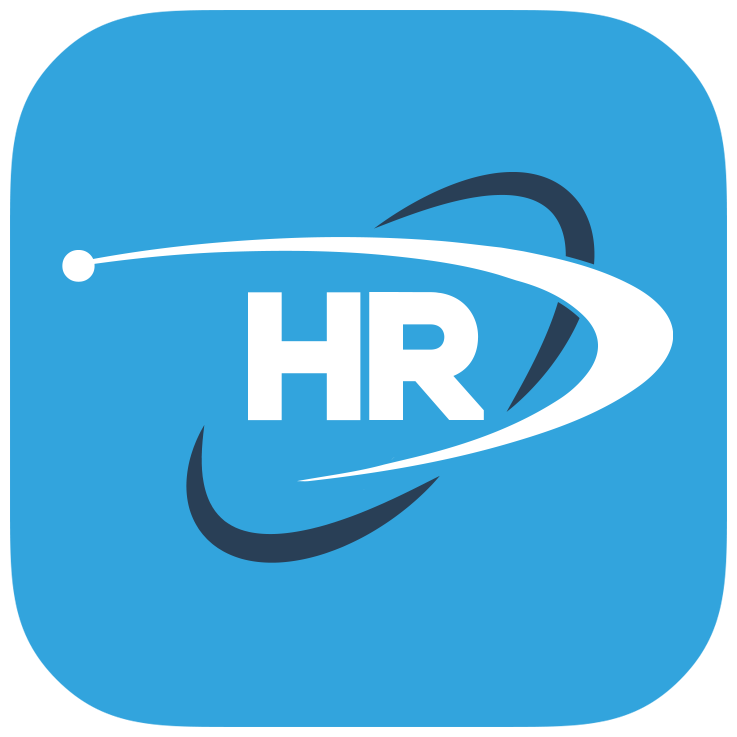Addressing Implicit Bias in Healthcare
No matter what, bias is everywhere. We as humans can’t always control it, and in many cases, these biases start when we’re young and remain throughout our lives. But did you know there are different types of bias?
Let’s start with a definition.
There are two types of bias
Explicit (or conscious) bias
Implicit (conscious) bias
Implicit bias refers to the attitudes or stereotypes that affect our understanding, actions, and decisions in an unconscious matter. These biases are activated involuntarily and without an individual’s awareness.
Implicit bias includes unconscious attitudes towards race, gender, religion, age, physical/cognitive abilities, sexual orientation, weight, etc.
As you can imagine, implicit bias can have negative impacts on patient care -- once biases are learned, they are resistant to change, even if you’re making a conscious effort to change them.
With this being said, there are ways to assess and reduce implicit bias that will lead to better, more consistent patient outcomes.
The most studied way to assess implicit bias among individuals in healthcare is the Implicit Association Test (IAT). This test examines thoughts and feelings that exist outside of conscious awareness by having individuals sort words and images together.
Physicians who take the IAT tend to have the following implicit biases:
Negative bias toward non-white people
Negative bias toward disabled people
Negative bias toward overweight individuals
How can implicit bias be reduced in healthcare?
Organizational support that includes skills training and cognitive resources to assist with anti-racism
Interacting with social groups that are different from yours
Engaging in challenging conversations where asking if bias is being present is normalized

